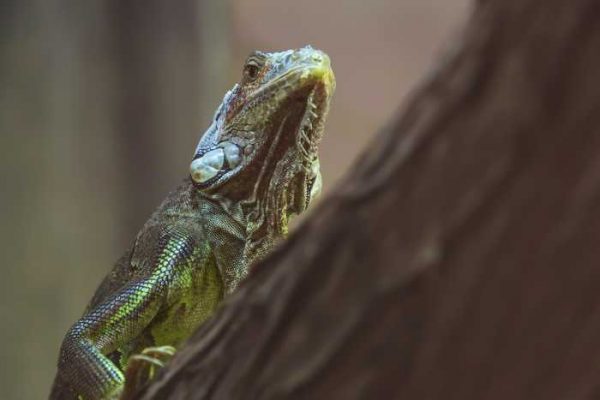




AL AIN : As part of its efforts to protect endangered animals, Al Ain Zoo offers specialized programs to protect and care for many species of lizard. It keeps to the highest international standards and best practices for which the zoo has been known since its establishment.
The zoo includes six species of lizards and a total of 53 individuals: the desert monitor, the spiny-tailed lizard, the wonder gecko, the Sudan plated lizard, the green iguana, and the covered chameleon.
“We began breeding lizards 30 years ago,” said Myyas Ahmed, the zoo’s general curator. “In the beginning we had a limited number, though now we have 53 lizards of multiple species, some of which are facing extinction. The zoo continues to breed the wonder gecko due to its local importance and degree of rarity; today, we have 29 of them, and we are still continuing to incubate some eggs to breed and increase their numbers.”
Regarding future plans to conserve the lizards, Myyas added, “We give great importance to lizards, as some are rare animals and at risk of extinction, and they are popular with visitors. For 30 years, visiting the reptile exhibition has been a popular experience for visitors and, therefore, we’re currently planning to rebuild the reptile house to increase our populations still further. We intend to develop ways to display them to visitors and contribute more to conservation programs for endangered species, both locally and globally.
“The new reptile park will include an area very suitable for lizards in terms of number and diversity. Among the most important new species to be displayed, most of which are endangered, are the Komodo dragon, the Sailfin lizard, the gigantic Gila lizard, the blue iguana, the Solomon Island skink, the crested gecko, the blue tree monitor, and many other types.”
The reptile park, which is 79% complete, is one of zoo’s ongoing capital projects. The 11,500-square-meter facility will see the current park upgraded and the addition of a new building with indoor and outdoor exhibition areas that will house one of the biggest reptile collections in the Middle East. The facility will include a reptile sanctuary, walkways, a service area, and exhibits of various reptiles, including the giant tortoise, Nile crocodile, Komodo dragon, and snakes from seven different regions.

